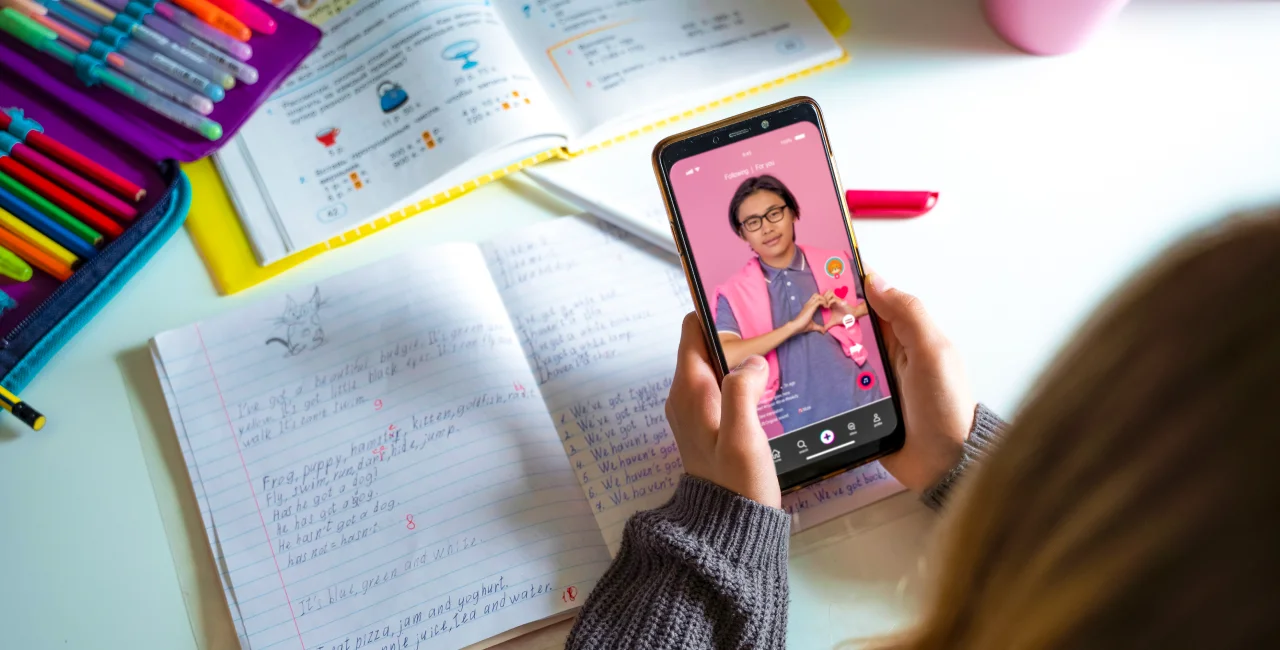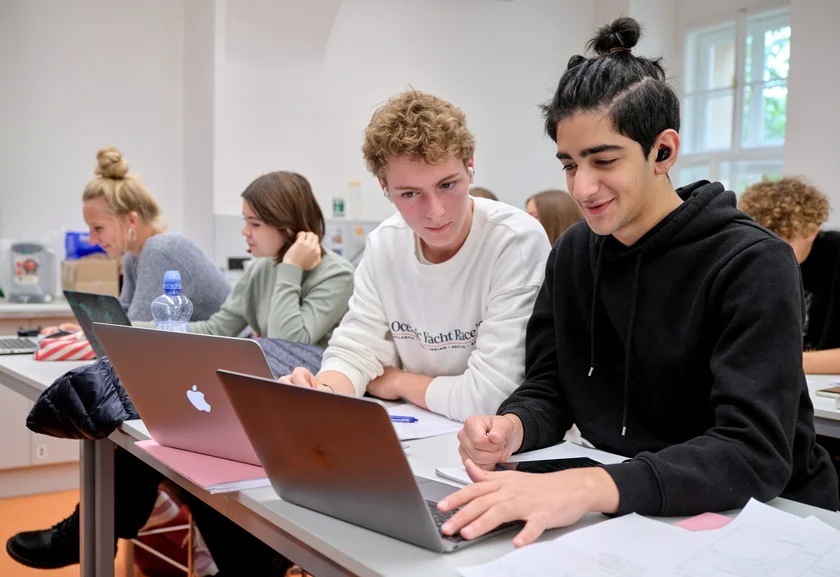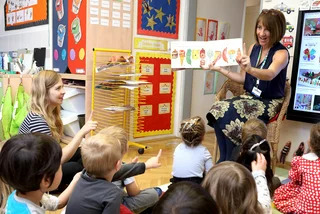Is it possible to raise kids in the Czech Republic who don’t spiral into endless scrolling on their mobile devices? One Prague school is betting yes—and backing it up with a tiered approach to smartphone use that’s turning heads among both students and their anxious parents.
As schools worldwide move to ban phones from classrooms—and as Czechia continues to debate how to handle devices in education—Park Lane International School in Prague is taking a more proactive path.
The school’s approach to digital well-being equips students and families with the tools to build healthier relationships with technology, starting with honest conversations and practical strategies.
“If the only option is ‘don’t use technology’—well, that’s just not really an option,” says digital wellness expert Patrick Green, who recently led a series of interactive workshops at the school.
At school: build boundaries with time
Instead of demonizing devices, Green advocates for setting boundaries that evolve as children grow. Limits are crucial when introducing phones to kids, but over time, a parent’s role should shift toward influence and guidance.
Schools also play a key part in setting age-appropriate expectations. Park Lane, which operates several campuses across Prague, doesn’t enforce a blanket phone ban.
“As our students are spread across different sites, we’ve tailored our mobile phone policies to suit the developmental needs of each age group,” says Erica Warne, deputy head of secondary and the school’s designated safeguarding lead.
For example, Year 6 students hand in their phones at the start of each day, while students in Years 7 to 9 place their phones into a secure Phone Locker pouch at the start of the day. The pouch remains with them in their bags but cannot be unlocked until they leave through the school gate in the afternoon.
This system strikes a balance: students keep their devices with them for safety, while learning to focus on their school day without constant digital distractions. At this age, many young people are still developing the ability to manage their phone use independently, and the pouches provide just the right level of support.
Older students are given more freedom. Year 10 and 11 students can use their phones in the school courtyard, while IBDP students can use their phones in most areas, except in clearly designated no-phone zones. Across the board, phones must never disrupt lessons.
The school builds trust throughout these key stages by gradually giving students responsibilities that grow with them.
Green’s workshops included the provocatively titled “Why Your Parents Are Freaking Out About Your Screen Time—And What You Can Do About It”, aimed at coaching students into becoming responsible digital citizens, not controlling them indefinitely.
“It was funny, engaging, and helped students understand where their parents are coming from,” Warne says.
Another popular session, “Family Tech Reset: Creating Healthier Habits at Home”, helped middle schoolers and their parents find common ground.
At home: set tech limits that work
For parents unsure how to manage their child’s relationship with screens, Park Lane’s approach emphasizes one key principle: communication is essential.
Establishing healthy digital habits requires a partnership between school and home, says Warne, with parents and caregivers playing a vital role.
“If you’re considering giving your child a smartphone, it’s important to reflect on whether you’re ready to invest the time and attention needed to support safe and responsible use,” she explains. “This includes setting boundaries, staying informed, and having ongoing conversations about your child’s online experiences.”
Green adds a practical note: “You wouldn’t give a 2-year-old access to Snapchat. But never allowing your teen to use social media? That may limit your opportunity to coach and guide them in a space they’ll inevitably be part of.”
Warne says the goal is for young people to feel they can turn to the adults in their lives if something online makes them feel unsafe or unsure—and to know what to do if it does. Understanding how screen use impacts real-world interactions, physical activity, and good sleep is also key.
Green emphasizes the importance of helping young people feel understood by the adults in their lives—even if those adults didn’t grow up in the same hyperconnected world.
“We’re not returning to the pre-digital era,” he adds. “But we can move forward with intention. Let’s be the mentors our kids need.”
Homework: Study these screen-time tips
- Encourage "phones off" at least an hour before bedtime to support healthy sleep habits.
- Create a family media agreement with expectations for use, time limitations, and a responsibilities everyone can support.
- Check-in each with your child regularly to discuss your their screen usage, including which apps they use most.
- Delay smartphone ownership, or consider simpler phones without Internet access for younger children.
- Model healthy digital habits: If parents are glued to their phones, it’s harder to enforce limits.



















